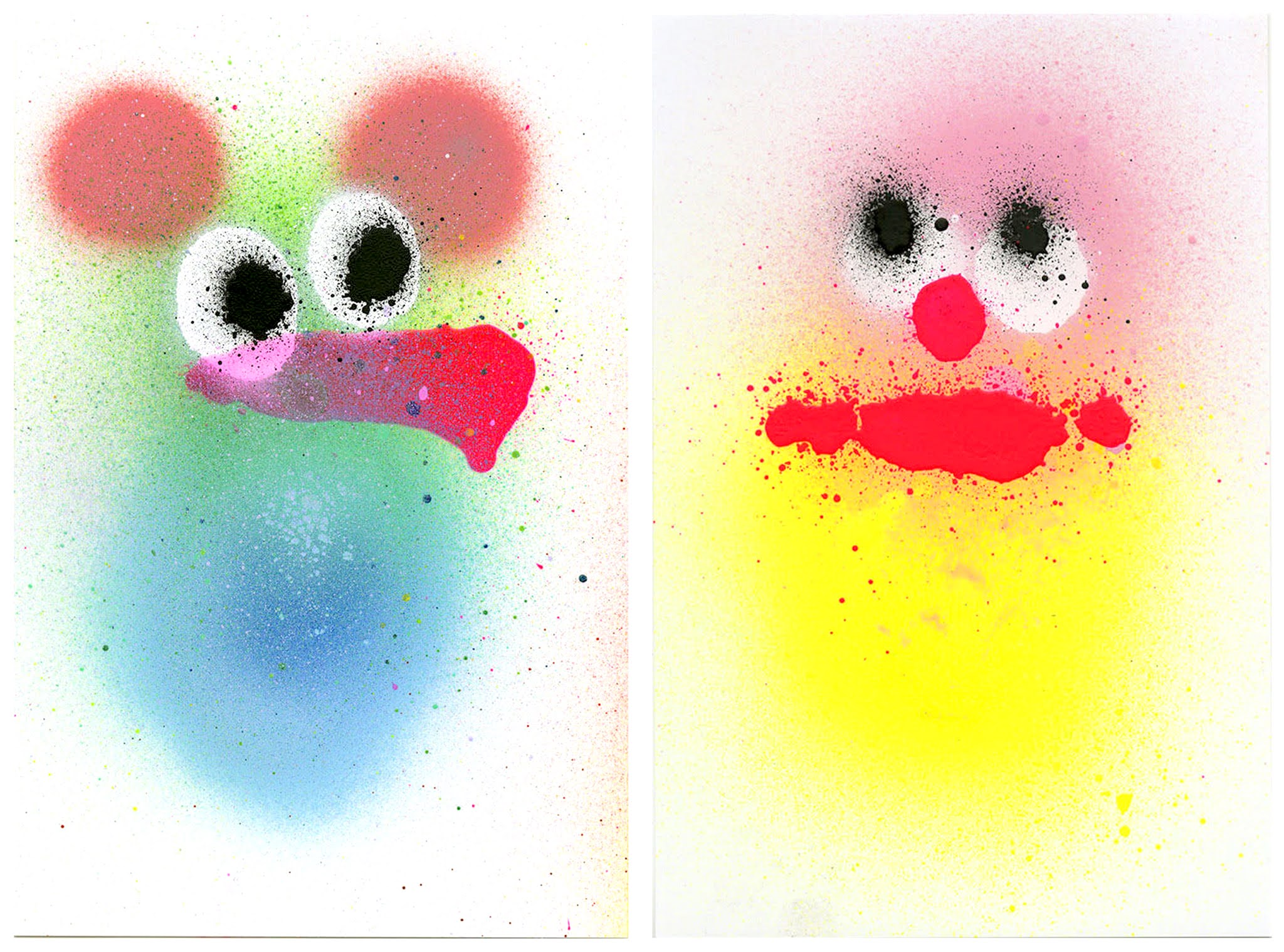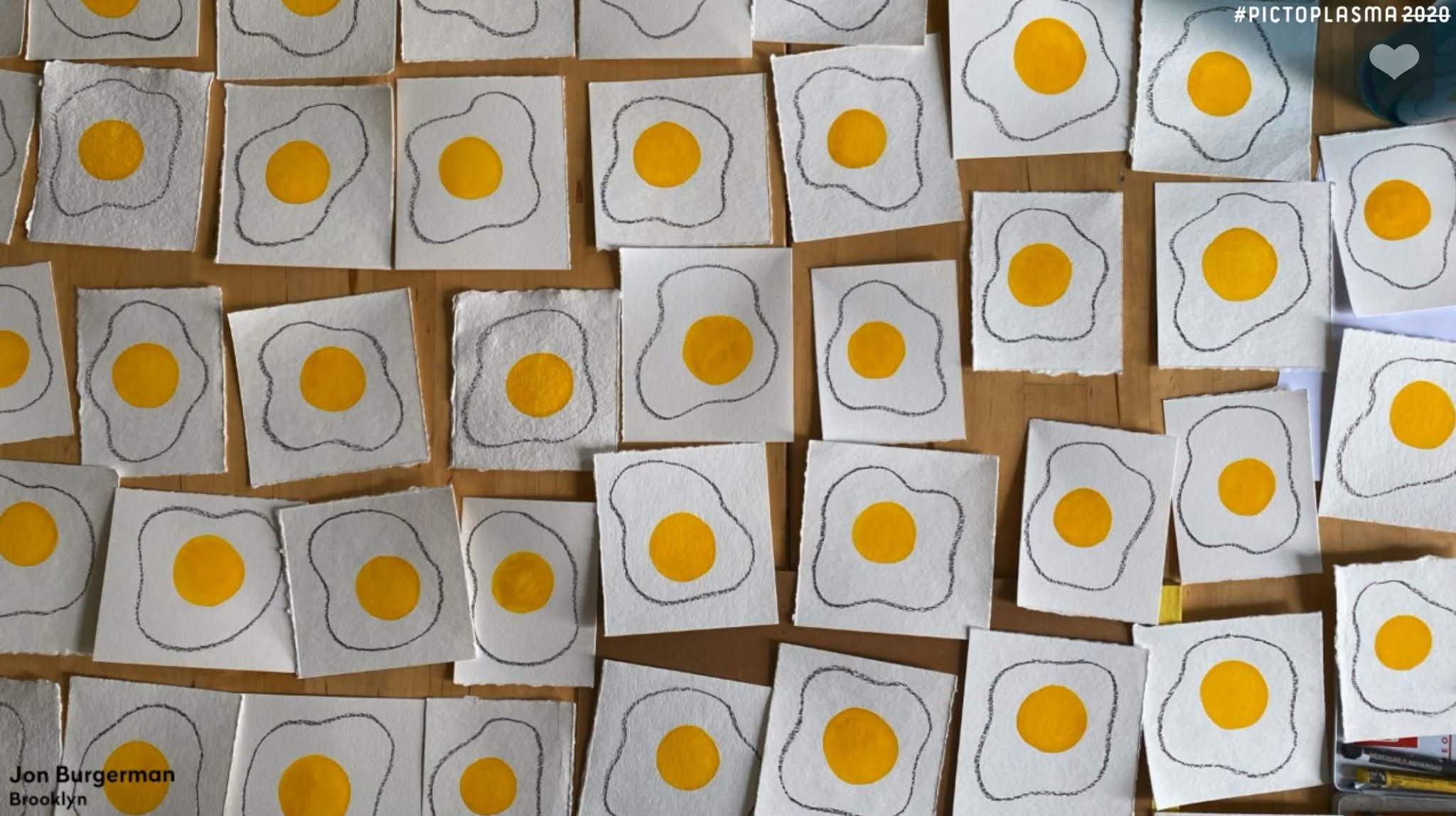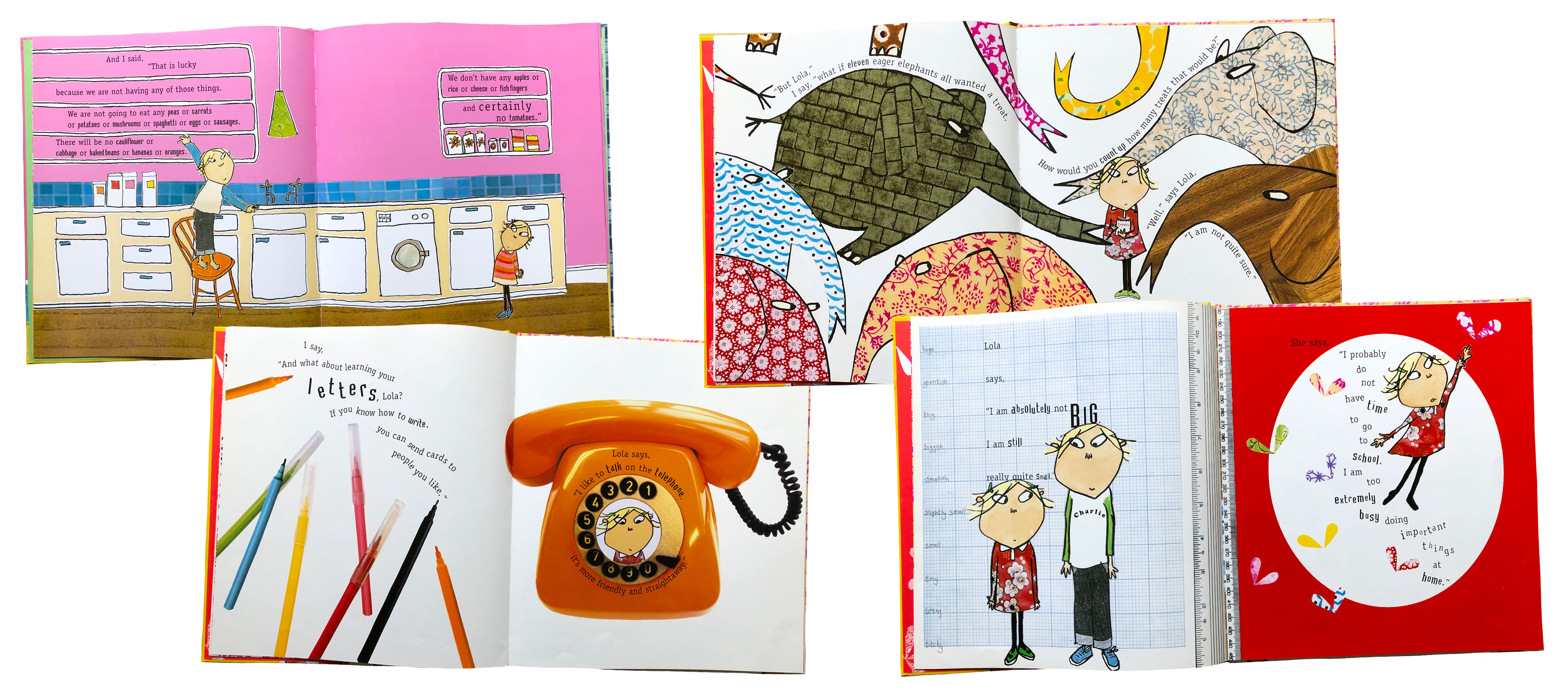I wanted to make a post this week to talk about my views and experience of this years Pictoplasma event. Each year Pictoplasma host an art fair in New York and was planned to be in Belin this year. However, Covid 19 struck, plans changed and it was aptly named 'Pictoplasma in Isolation', held virtually over 2 days for anyone to watch in the UK and internationally. It is an art conference and festival of contemporary character design, showcasing artwork from a wide range of creatives. From graphic and 3D animation to sculpture and art installation, over the two days, there were talks and workshops suited to all creatives. I was reminded by my tutor that it was on this week so made sure to check the schedule and see which talks would be most beneficial and interesting to me. Although I didn't watch the whole conference, I picked out a few artists I liked and included them below!
Jon Burgerman is a British artist living in Brooklyn who works commercially, incorporating experimentation into all elements of his practice. I got the impression that he gets bored easily and tries to make art fun, not treating it as a job. He's produced work for solo exhibitions and advertisements, with an exhibition in South Korea called 'The Fun Factory' where he had the opportunity to explore animation and working with spray paint. His talk was very unique with him in front of a greenscreen narrating his life and talking about his struggles with motivation and keeping productive through lockdown, something many people have struggled with. I liked his ideology of using Instagram as a creative avenue to connect with other creatives where he ended up creating hundreds of character designs and selling them.

 |
Egg characters made for Instagram followers, engaging with his following
This stream was insightful and showed that even established artists get 'art-block' and question what they're creating, its easy to feel demotivated and pressured by social media to be at a higher level. It just takes time to find your place and your audience will be able to tell if you're enjoying what you're doing. At the end of the stream he went through some of the things he's learnt from experience in the creative industry. One that stood out was 'Monetising what you enjoy can be risky', emphasising how difficult it is to separate making art for yourself and what works commercially- success is in bridging the two and being comfortable enough to create what you want.
Guillaumit is a motion designer and illustrator from Bordeaux. During his talk, he showed some of the 3D design he has produced for advertising, children's books and interactive furniture design. I liked how varied his portfolio was and how he targeted the children's market, making furniture in animal shapes that doubled as creative stations, with pencils and paper integrated into the design. These were displayed at a museum in Paris but could be sold to schools, showing the commercial side of design. His style was very graphic and colourful appealing to children. It was interesting to learn about 'La Boite', a machine that allowed children to play with making music and drawing. The machine worked similarly to a zoetrope, rotating the drawings to make a looping story. From there, you could add sounds with your voice or instruments to make a small production. I thought this was a really clever and unique concept, encouraging creativity in children.
Another talk I watched was by Eran Hilleli who introduced his new app concept 'Looom'. Created by Eran Hilleli and Finn Ericson, 'Looom' is an animation software designed to be easy and accessible for all ages. Taking inspiration from computer games and toy design, they took the mechanics and simplified it, making a simplistic control panel that stripped back the complex workings of bigger animation software. Its currently an app for Ipad but I'm hoping they'll release it for Windows so I can try it as it looks fun for simple character design.
From watching this stream, I looked further into his work and found a lot of character designs and animation work. I liked seeing the process from 2D sketch to 3D animation showing how a character can come to life and be immersed in a landscape, this is something I've wanted to look into for a while as many of my illustrations could be visualised in a 3D way.
Although I only watched a few talks, I enjoyed learning about different processes and seeing arts day-to-day life, following both struggles and successes. I liked watching some of the drawing workshops, seeing how people design characters using simple shapes and adding features to make them unique, this is helpful as character design is something I want to integrate more seamlessly into my work, combining characters and backgrounds. This will help with storytelling and creating worlds for children's books.
|










Comments
Post a Comment